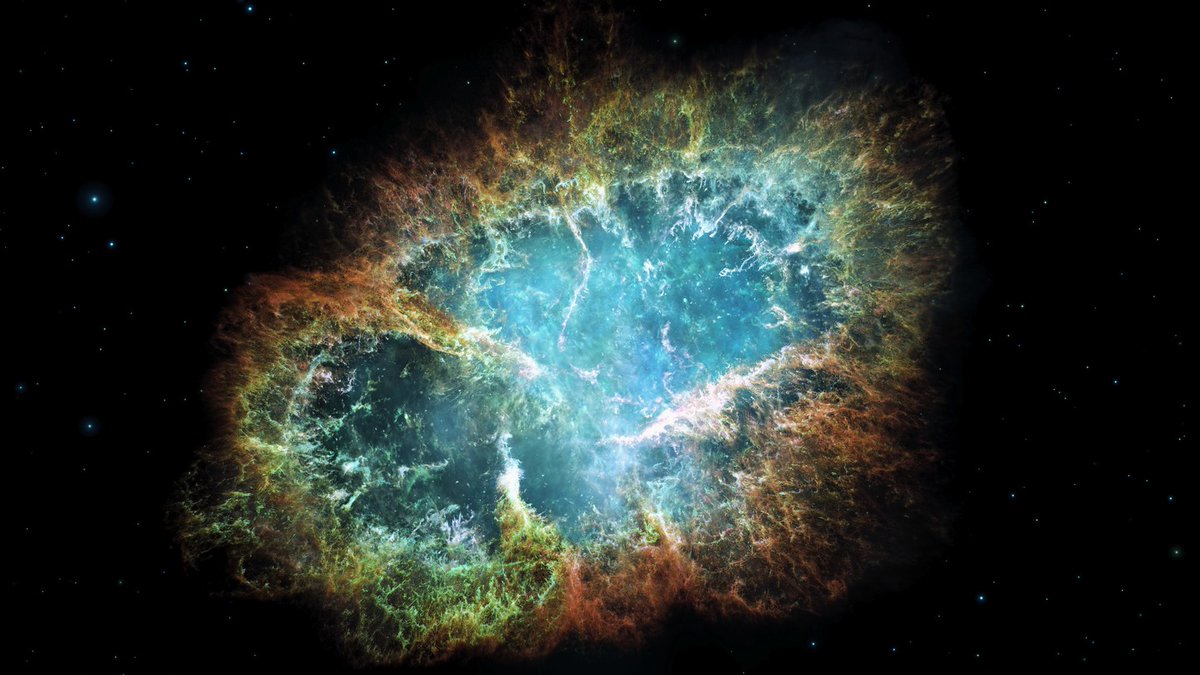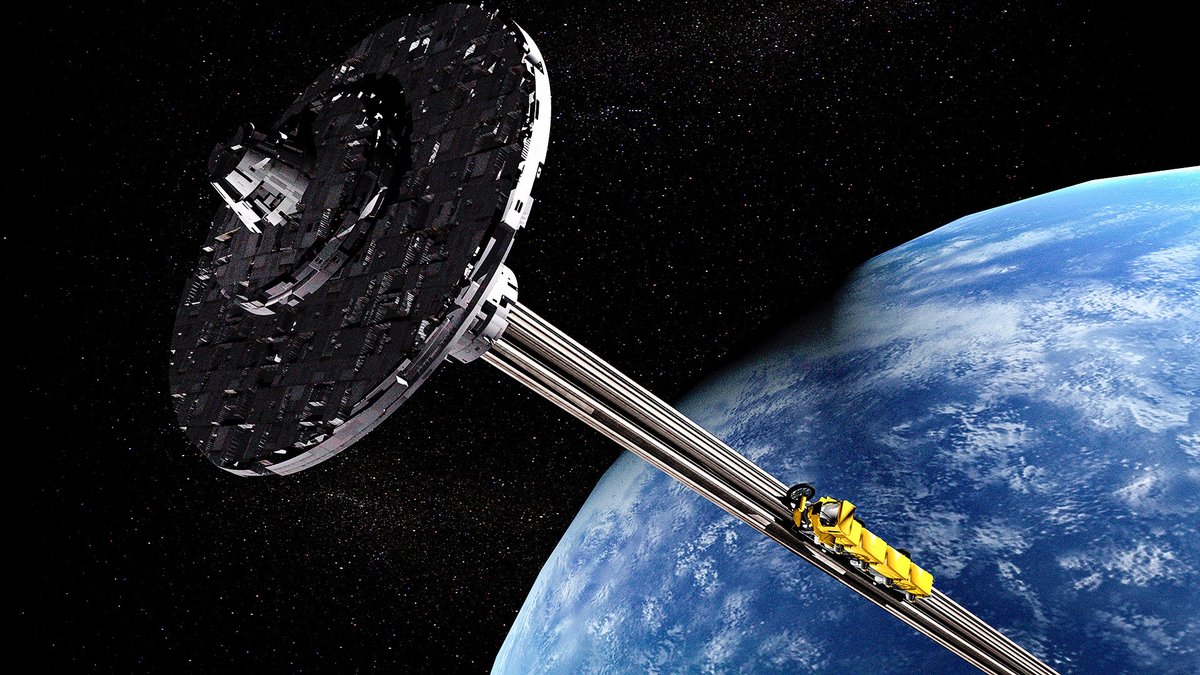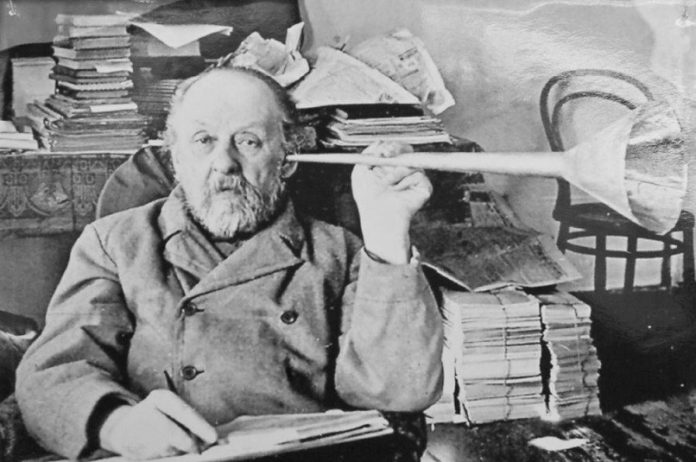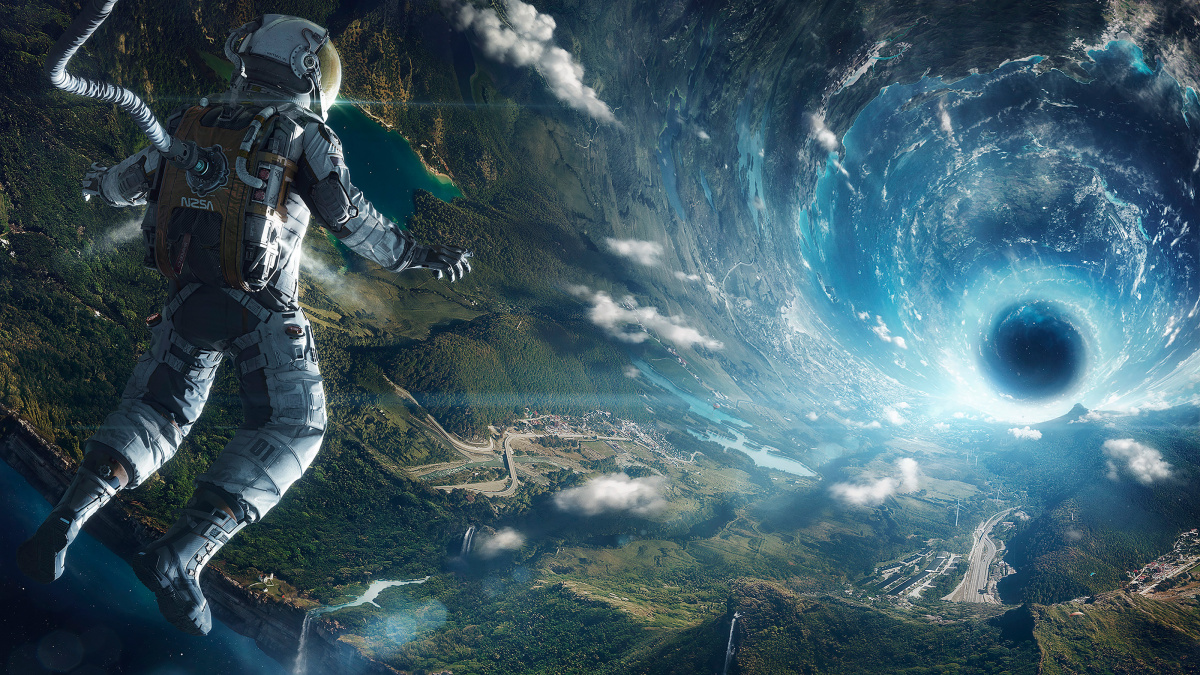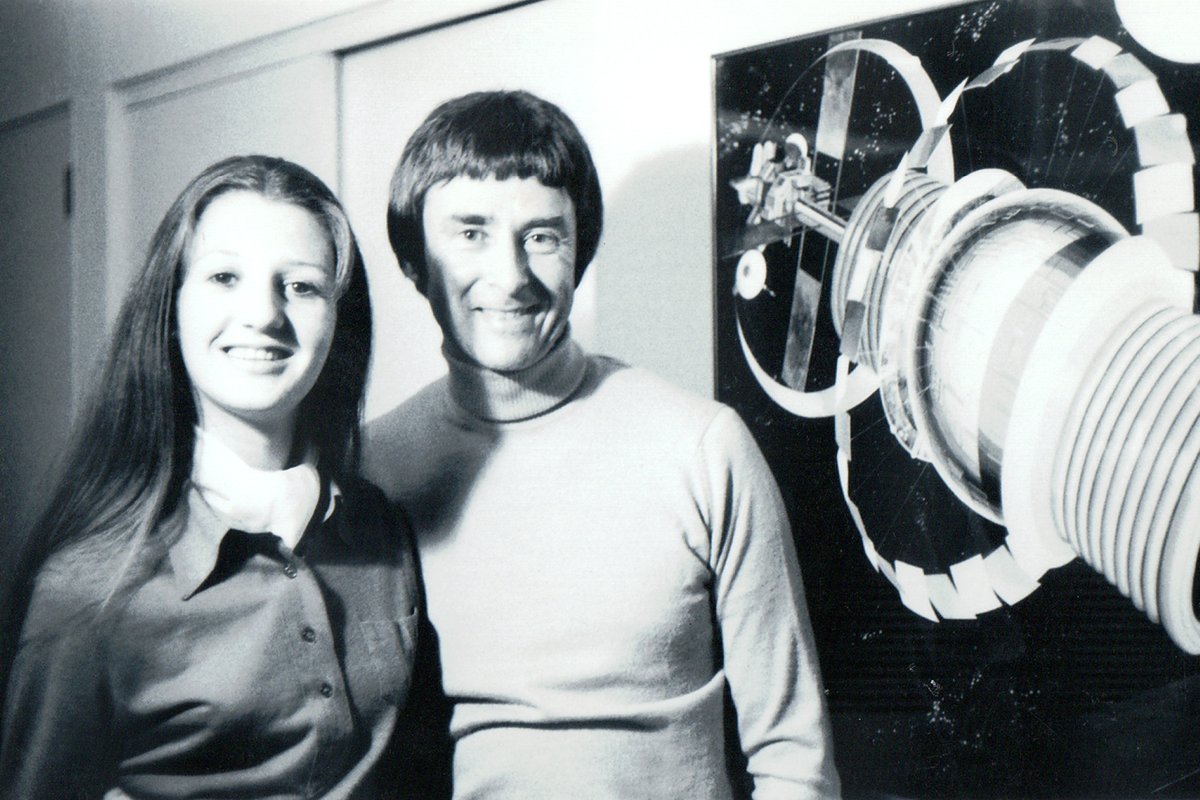
Welcome to Day 2 of Black Hole Week!
Today we're going to talk about how scientists detect and image black holes. Specifically, we're going to go into the science of how @LIGO and @EHTelescope works and how they've brought us cool info regarding black holes! #scicomm (1/13)

Today we're going to talk about how scientists detect and image black holes. Specifically, we're going to go into the science of how @LIGO and @EHTelescope works and how they've brought us cool info regarding black holes! #scicomm (1/13)


So, what is LIGO? It stands for the Laser Interferometer Gravitational-wave Observatory. It aims to provide a new way of detecting events in our universe through something called interferometry, which uses interference to detect very very tiny changes. (2/13) 

LIGO is able to detect these things called gravitational waves that are caused by massive objects moving super fast, so for example two merging black holes. These objects create these ripples in the fabric of space, which can shrink or stretch light. (3/13)
The instrument splits up a laser beam into two separate beams, and they’re reflected by a mirror at the end and meet at a photodetector at the end. This helps us measure the strain amplitude or the change in length in the arms of the device over the total length. (4/13) 

LIGO is designed in a way that the beams are traveling the same length, meaning if nothing is affecting them, there will be destructive interference. But if there is constructive interference, we know that a gravitational wave passing through possibly caused this because...(5/13)
...the wave will either stretch or shrink the light passing through the arm, which will lead to fringes or interference. The change in length caused by a gravitational wave is very very tiny, and can be estimated to about 1/10,000th the width of a proton, or 10^-19 meters! (6/13) 

Now, let us move on to the Event Horizon Telescope (EHT). It is a collection of 8 radio telescope centers that when put together, turn into one large almost Earth-sized telescope that can discern very fine features. How exactly do they make sure all the data is lined up? (7/13) 

They utilize atomic clocks, which utilize atomic electron transitions as a way to do precise timekeeping. They are so precise that they have an error of one second every 100 million years! So yeah, lining up the data isn't a problem. (8/13)
In order to put all the data together, scientists had to work backward. The data that is collected by the telescopes is only a fraction of the entire image, and imaging algorithms help them put together the rest. Try to think of listening to a song on a broken piano. (9/13)
The amount of notes in the song corresponds to how many telescopes are in the EHT array. If they had more telescopes, they can see the image more clearly, or recognize and listen to the song better. But since they do not, some of the information, or the song, is missing. (10/13) 

This is where the algorithms come to play. They look at all the data they have and see what is the most reasonable based on preexisting knowledge, and through that, they put together the most reasonable image. (11/13) 

So in 2019, the EHT imaged the black hole at the center of the M87 galaxy, which is 6.5 million solar masses heavy. The black hole itself is bigger than our entire solar system! They collected 64 gigabytes of data every second and had to deliver a lot of it by mail. (12/13) 

So that is black hole imaging and detection! Check back tomorrow where I’ll talk about the black hole that is featured in the movie Interstellar!! (13/13)
Question: Did you learn something new from this thread?
Question: Did you learn something new from this thread?
• • •
Missing some Tweet in this thread? You can try to
force a refresh


